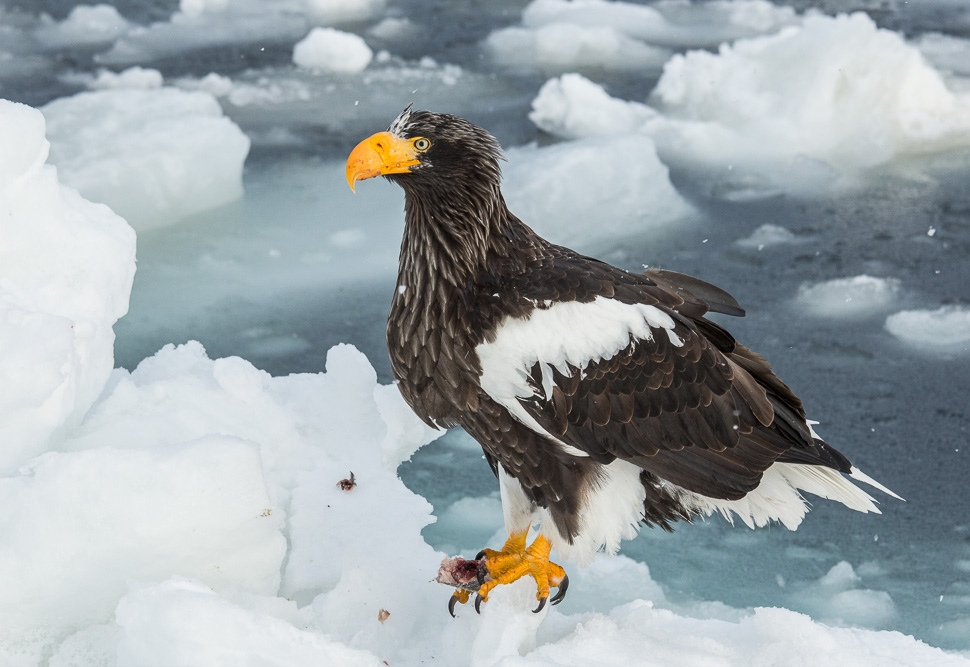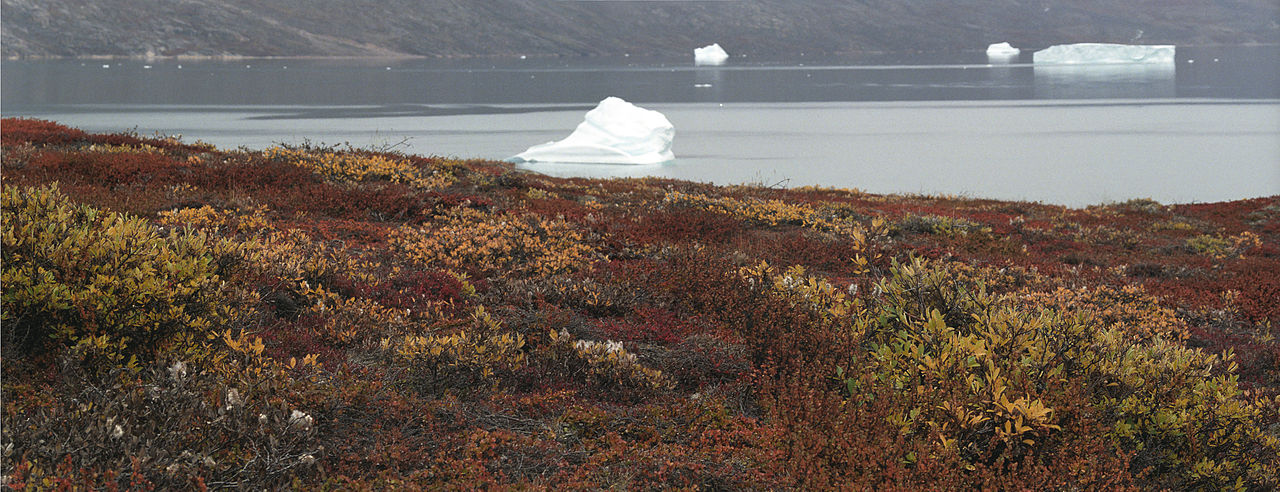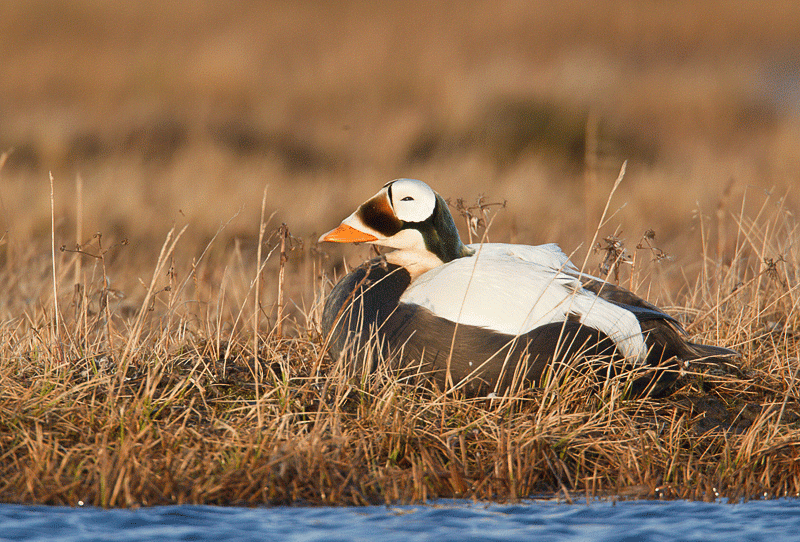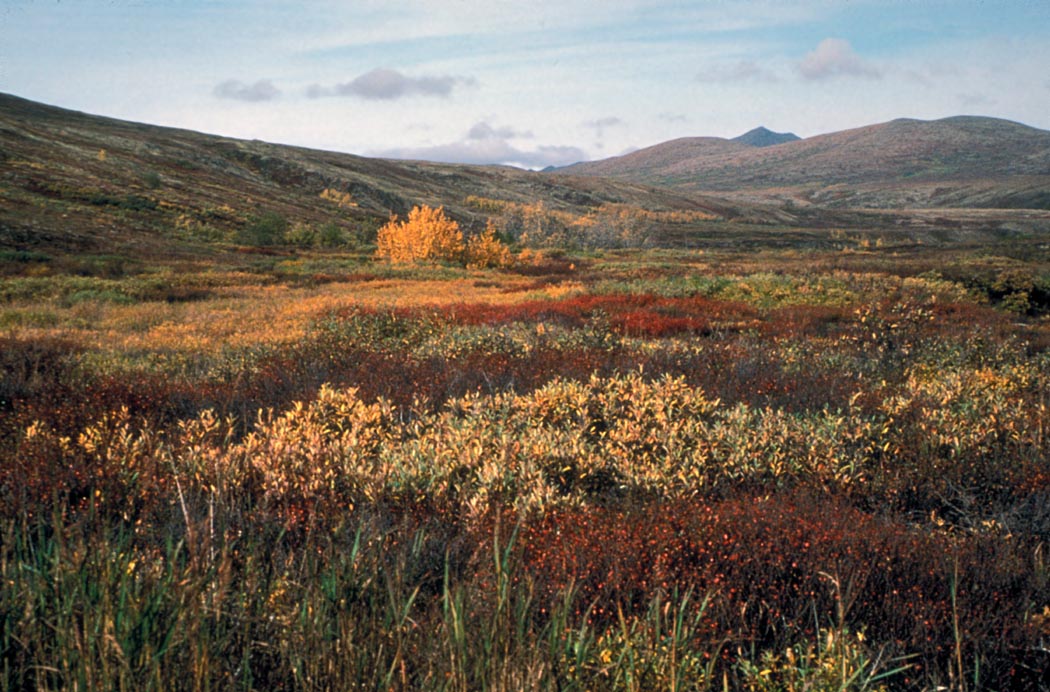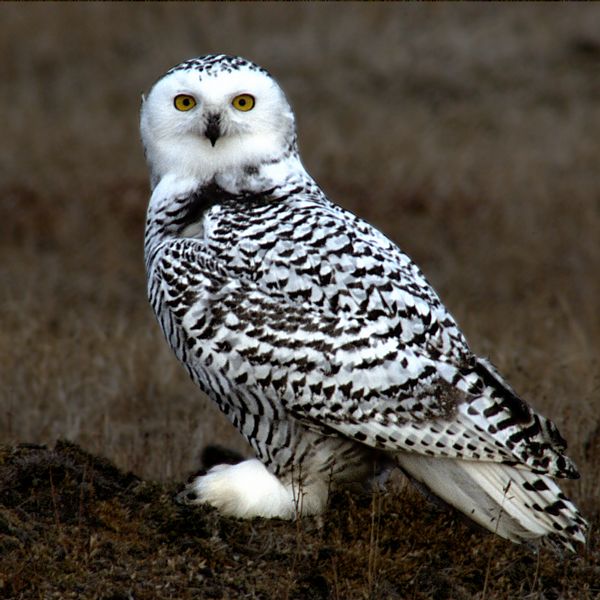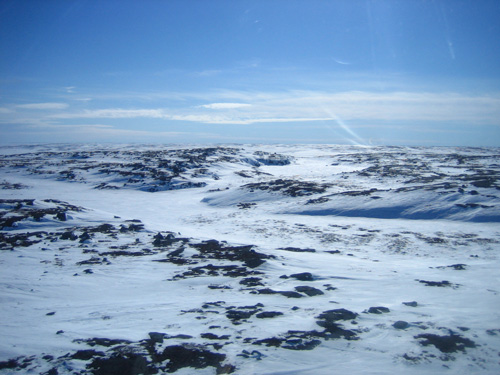TUNDRA
LOCATIONS
ECOLOGY POCKET GUIDE SUMMARY
The Tundra ecoregion represents one of the most extreme environments on Earth, where life endures despite harsh, freezing conditions and short growing seasons. Characterized by permafrost, minimal vegetation, and long, dark winters, the tundra teaches resilience in its purest form. For designers and urban planners, this ecoregion offers key lessons in resource efficiency, adaptability, and working within constraints. The minimalism of tundra ecosystems, where plants grow low to the ground to resist cold winds and animals hibernate or migrate to survive the winter, serves as a powerful model for designing structures that are energy-efficient, climate-adaptive, and responsive to extreme environmental conditions. The tundra’s ability to conserve resources and persist under the stress of limited energy inputs is a testament to the power of simplicity and resilience in design.
ECOSYSTEM FRAMEWORK
Tundra
Abiotic Components: The tundra is defined by its cold, harsh climate, with temperatures often below freezing for most of the year. The ground is characterized by permafrost, a permanently frozen layer beneath the surface that limits root growth and water drainage. Precipitation is low, generally less than 250 mm annually, and often falls as snow. The tundra experiences long, dark winters and short, cool summers with continuous daylight (midnight sun) during the peak of summer. Wind is also a significant abiotic factor, shaping the low-lying vegetation and sculpting the landscape.
Biotic Components: Vegetation in the tundra is limited to hardy, low-growing species adapted to the cold and short growing seasons. Mosses, lichens, and small shrubs such as willows and birches dominate the landscape, while flowering plants like Arctic poppies bloom during the brief summer months. Fauna includes herbivores like caribou, Arctic hares, and lemmings, as well as predators like Arctic foxes, wolves, and snowy owls. Migratory species, such as birds, are common in summer, while many animals hibernate or migrate during the winter.
Trophic Structure: The tundra’s trophic structure begins with the primary producers—mosses, lichens, and small shrubs that thrive in the nutrient-poor soils and short growing season. Herbivores such as caribou, lemmings, and Arctic hares feed on these plants, while predators like Arctic foxes, wolves, and birds of prey hunt the herbivores. Decomposers, including bacteria and fungi, play a slower role in breaking down organic material due to the cold temperatures, making nutrient recycling in the tundra a slow process.
Nutrient Cycles: Nutrient cycling in the tundra is limited by the cold climate and permafrost, which restricts the breakdown of organic material. When the surface layer thaws in summer, plant growth accelerates, and nutrients are taken up quickly by vegetation. However, decomposition is slow, and the accumulation of organic matter is constrained by the cold temperatures and limited microbial activity. The brief growing season and scarcity of available nutrients mean that plants and animals must be highly efficient in their use of resources.
Interactions: Species interactions in the tundra are shaped by the extreme environment, where competition for limited resources like food and shelter is intense. Herbivores migrate or hibernate to cope with the seasonal scarcity of food, while predators rely on these migrations for sustenance. Many plants grow close to the ground to avoid wind damage and conserve heat, and mutualistic relationships, such as between lichen (a symbiosis between fungi and algae), allow species to thrive in the harsh conditions. Seasonal migrations also facilitate interactions between tundra species and those from neighboring biomes, such as boreal forests.
Adaptation and Resilience: Plants and animals in the tundra have evolved remarkable adaptations to survive the cold, nutrient-poor environment. Many animals have thick fur or layers of fat to insulate against the cold, while others hibernate or migrate to avoid the harshest conditions. Tundra plants have shallow root systems that allow them to take advantage of the thin active layer of soil during the short growing season, and they grow in compact, low-lying forms to conserve heat and resist wind. These adaptations reflect the importance of designing systems that are energy-efficient, durable, and adaptable to extreme climates.
System Boundaries and Scale: The tundra ecoregion is found primarily in the northern polar regions of the world, including parts of Alaska, Canada, Greenland, Scandinavia, and Siberia. Tundra ecosystems are defined by their latitude, with transitions into boreal forests at lower latitudes and ice caps in the far north. These ecosystems play a critical role in global climate regulation, acting as carbon sinks and influencing atmospheric circulation patterns. Despite their minimal vegetation and low productivity, tundras are important habitats for many migratory species and contribute to the Earth’s overall biodiversity.
Additional Ecologically Integrated Design Considerations
Seasonality in this biome is characterized by radical freeze-thaw and light-darkness annual cycles
Due to seasonal thawing and low lying grass, swarms of mosquitos and subsequently birds take place - this is a natural event that should be undisturbed but prepared for
Reflectivity of terrestrial surface will create strong glare effect
Provide buffers for large mammals to have uninterrupted hunting and foraging territory
REFERENCES
Walker, D. A., & Everett, K. R. (1991). Loess Ecosystems of Northern Alaska: Regional Gradient and Toposequence at Prudhoe Bay. Ecological Monographs, 61(4), 437-464.
Bliss, L. C., & Matveyeva, N. V. (1992). Circumpolar Arctic Vegetation. Arctic Ecosystems in a Changing Climate: An Ecophysiological Perspective. Academic Press.
Callaghan, T. V., Björn, L. O., Chernov, Y., Chapin, T., Christensen, T. R., Huntley, B., & Johansson, M. (2004). Effects on the Structure of Arctic Ecosystems in the Short- and Long-term Perspectives. Ambio: A Journal of the Human Environment, 33(7), 436-447.
Chapin, F. S., & Körner, C. (1995). Arctic and Alpine Biodiversity: Patterns, Causes, and Ecosystem Consequences. Springer.
Hobbie, S. E. (1996). Temperature and Plant Species Control Over Litter Decomposition in Alaskan Tundra. Ecological Monographs, 66(4), 503-522.



